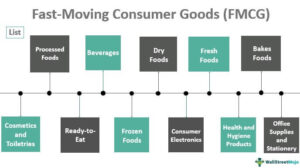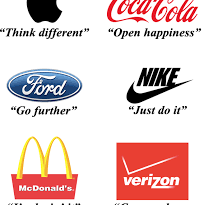Why Fmcg product users prefer and enjoy to buy only new brands today?
Reasons Fmcg Goods Consumers depend on Brands

Did You Know a Study On Fmcg goods customers suggets the following.
And 66% Consumers trust brands
An Awesome 53% Customers believe brands align with them and feel connected.
More to come 51% Consumers admit brands understand their needs and wants and some evolve in time.
The Big bite 50% of the costumers consume and depend on a brand’s product or service.
Consumers under 35 differ fundamentally from older generations in ways that make mass brands and channels ill suited to them. They tend to prefer new brands, especially in food products. According to recent McKinsey research, millennials are almost four times more likely than baby boomers to avoid buying products from “the big food companies.”
And while millennials are obsessed with research, they resist brand-owned marketing and look instead to learn about brands from each other. They also tend to believe that newer brands are better or more innovative, and they prefer not to shop in mass channels. Further, they are much more open to sharing personal information, allowing born-digital challenger brands to target them with more tailored propositions and with greater marketing-spend efficiency.
Millennials are generally willing to pay for special things, including daily food. For everything else, they seek value. Millennials in the United States are 9 percent poorer than Gen Xers were at the same age, so they have much less to spend and choose carefully what to buy and where to buy it.
Digital intimacy (data, mobile, and the Internet of Things
Digital is revolutionizing how consumers learn about and engage with brands and how companies learn about and engage with consumers. Yesterday’s marketing standards and mass channels are firmly on the path to obsolescence. Digital-device penetration, the IoT, and digital profiles are increasing the volume of data collected year after year, boosting companies’ capabilities but also consumer expectations. Most FMCGs have started to embrace digital but have far to go, especially in adopting truly data-driven marketing and sales practices.
Many small consumer-goods companies are capitalizing on millennial preferences and digital marketing to grow very fast. These brands can be hard to spot because they are often sold online or in channels not covered by the syndicated data that the industry has historically relied on heavily.
But venture capitalists have spotted these small companies. More than 4,000 of them have received $9.8 billion of venture funding over the past ten years—$7.2 billion of it in the past four years alone, a major uptick from previous years (Exhibit 3). This funding is fueling the growth of challenger brands in niches across categories.
What about Explosion of small brands and private labels?

When we look at the market in India, we find consumers are more conscious before purchasing a FMCG product.
This is because they consumer have alternative options to select another branded
product available in the same market. With competition on the rise each brand attempts to remain at the top of the head. A small negligence in the market could lead to heavy loss of the brand image.
First, private-label strength generally varies with economic conditions. That is, private-label market share generally goes up when the economy is suffering and down in stronger economic periods. Over the past 20 years, private-label market share has averaged 14% of U.S. dollar supermarket sales. In the depth of the 1981–1982 recession, it peaked at 17% of sales; in 1994, when private labels received great media attention, it was more than two percentage points lower at 14.8%. Second, manufacturers of brand-name products can temper the challenge posed by private-label goods. In fact, in large part, they can control it: More than 50% of U.S. manufacturers of branded consumer packaged goods make private-label goods as well.Reactions to private-label success can have major repercussions.
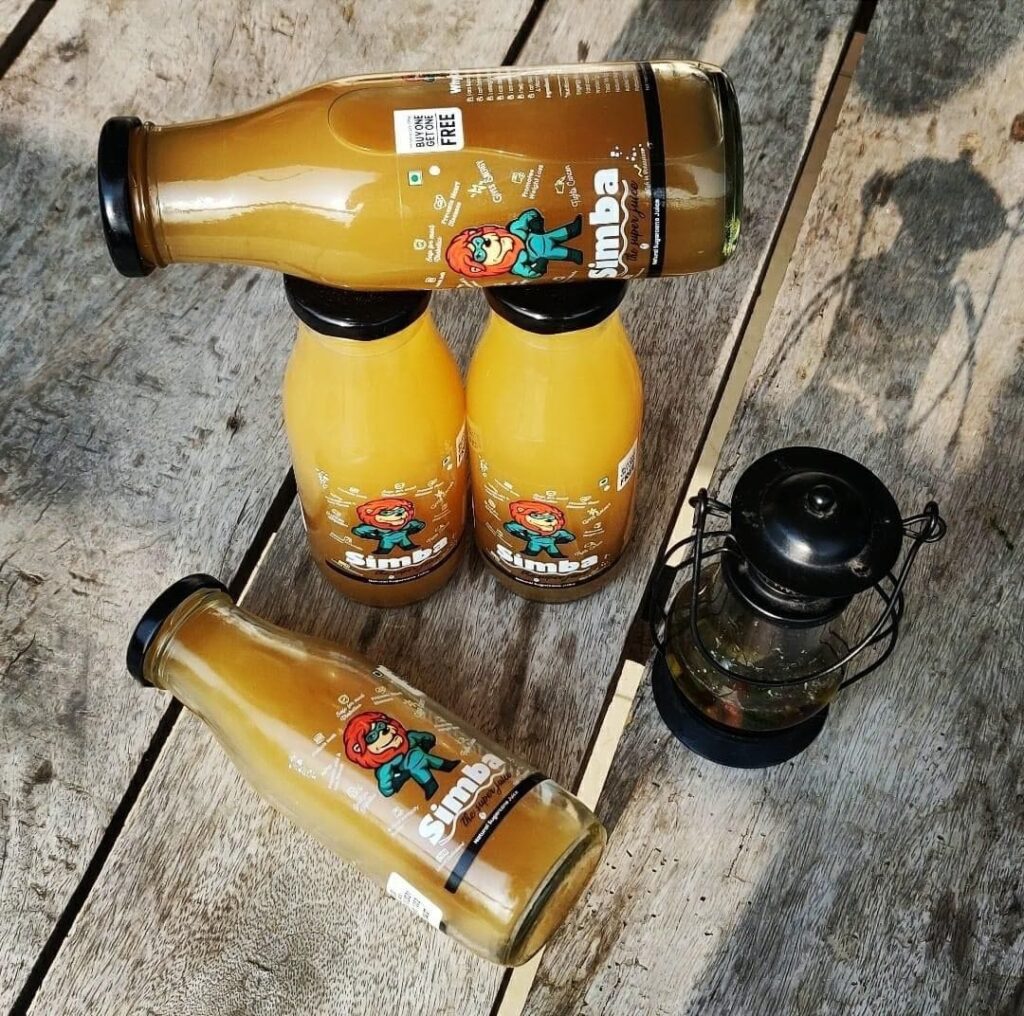
The Private-Label Threat
Several factors suggest that the private-label threat in the 1990’s is serious and may stay that way regardless of economic conditions.
The Improved Quality of Private-Label Products.
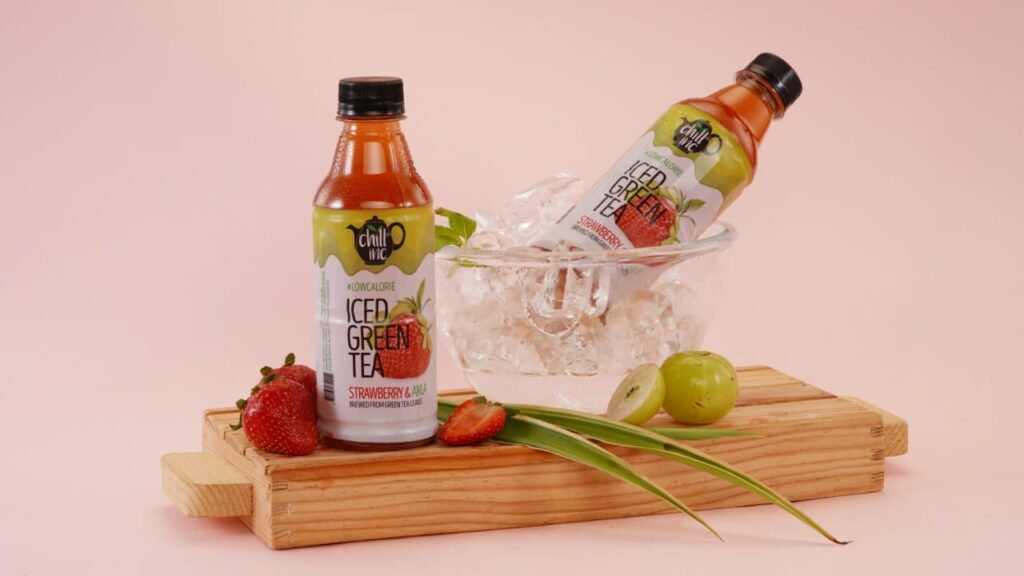
Ten years ago, there was a distinct gap in the level of quality between private-label and brand-name products. Today that gap has narrowed; private-label quality levels are much higher than ever before, and they are more consistent, especially in categories historically characterized by little product innovation. The distributors that contract for private-label production have improved their procurement processes and are more careful about monitoring quality.
Of course, the reasons for the strength of private labels in Europe are partly structural. First, regulated television markets mean that cumulative advertising for name brands has never approached U.S. levels. Second, national chains dominate grocery retailing in most west European countries, so retailers’ power in relation to manufacturers’ is greater than it is in the United States.
The Creation of New Categories.

Private labels are continually expanding into new and diverse categories. Their growth follows some general trends. (See the table “What Drives Private-Label Shares?”) In supermarkets, for example, private labels have developed well beyond the traditional staples such as milk and canned peas to include health and beauty aids, paper products such as diapers, and soft drinks. Private-label sales have also increased in categories such as clothing and beer. With that expansion comes increased acceptance by consumers. The more quality private-label products on the market, the more readily will consumers choose a private label over a higher-priced name brand. Gone are the days when there was a stigma attached to buying private labels.
Brand Strength
Taken together, these trends may seem daunting to manufacturers of brand-name products. But they tell only half the story. The increased strength of private labels does not mean that we should write an obituary for national brands. Indeed, the brand is alive and reasonably healthy. It requires only dedicated management to thrive. Consider the following points.
The purchase process favors brand-name products.
Brand names exist because consumers still require an assurance of quality when they do not have the time, opportunity, or ability to inspect alternatives at the point of sale. Brand names simplify the selection process in cluttered product categories; in the time-pressured dual income households of the 1990s, brands are needed more than ever. In fact, a 1994 DDB Needham survey indicates that 60% of consumers still agree that they prefer the comfort, security, and value of a national brand over a private label. Although this percentage is lower than the 75% figure common in the 1970s, it has remained fairly constant during the last ten years.
Brand-name goods have a solid foundation on which to build current advantage.
Put simply, brands have a running start. The strongest national brands have built their consumer equities over decades of advertising and through delivery of consistent quality. From year to year, there is little change in consumers’ rankings of the strongest national brands.
Brand strength parallels the strength of the economy.
As the United States has emerged from recession, manufacturers of national brands have increased advertising and won back some consumers who had turned to private labels. Sales of premium-quality, premium-priced brands are on the rise. A 1993 Roper Starch Worldwide survey found that 48% of packaged-goods buyers knew what brands they wanted before entering the store, up from 44% in 1991.

National brands have value for retailers.
Retailers cannot afford to cast off national brands that consumers expect to find widely distributed; when a store does not carry a popular brand, consumers are put off and may switch stores. Retailers must not only stock but also promote, often at a loss, those popular national brands—such as Lay’s chips, Heinz ketchup and Knor’s soup—that consumers use to gauge overall store prices. Even if, in theory, retailers can make more profit per unit on private-label products, those products just do not have the traffic-building power of brand-name goods.
Excessive emphasis on private labels dilutes their strength.
What are the main challenges facing FMCG companies today?
Customers believe Brands and Social networks can power connections.With all reasons for divide in religion,race and nationality, 91% People believe in social media. Due to their frequent browsing practice, 78% People expect Brands to explore and expose on all social platforms.
In the Mobile First World, Social Media and Networking breeds customer loyalty leading to sales and better bottom line.

The New Generation customers are more connected and feel secure to brands on Social media.A major chunk of 76% will change over brands and prefer to buy and try new products. Another 56% would buy more or increase their spending.
The need to know people culture product specifics and place of Brand has increased before people buy Brands. A 75% People feel more connected with Brands whose CEO’s frequently feature live in the social media.
Consumers with similar mindsets, employees, students, businessmen confirm that social media forums help in connecting with unknown across the world.52% of the people are keen to explore new avenues in their domain.
Consumers believe and want Brands to bridge and connect people.While 49% of consumers expect Brands to motivate them towards a goal,67% expect to connect as a community.
What do Fmcg goods customer expect from brands?

A major chunk of 72% of the consumers expect brands to be a positive contributor to society.
64% expect brands to connect with them.
64% expect brands to help the society or pay back in some form.
49% of the consumers want brands to mobilise people towards a common goal.
48% expect brands to raise moral standards of the community.
46% want and expect brands to unite consumers from different backgrounds.
43% want brands to to perform as Leaders of society.
Retail Market focuses on the daily needs and demand of a consumer.
A focused marketing plan is essential to fulfill these needs. A consumer buys FMCG products for they have a relatively low cost, leave alone a fast turnover rate.
In order to fulfill the needs of the consumer one needs effective selling and marketing and distribution network as consumer needs have to be satisfied
at right time & place.
Even when the consumer decides to buy the product, the brand is at the back of his mind. In addition to the brand a consumer even checks the quality, its components, attached benefits and date of packaging of the product.
Retailers have also taken notice of these small brands. According to The Nielsen Company, world wide retailers are giving small brands double their fair share of new listings.
The reason is twofold: retailers want small brands to differentiate their proposition and to drive their margins, as these small brands tend to be premium and rarely promote.
As a consequence, small brands are capturing two to three times their fair share of growth while the largest brands remain flat or in slight decline

Why Consumer prefers Branded Products?
If given the choice to buy a consumer always prefers a branded product to a lower priced “nonbrand” product.
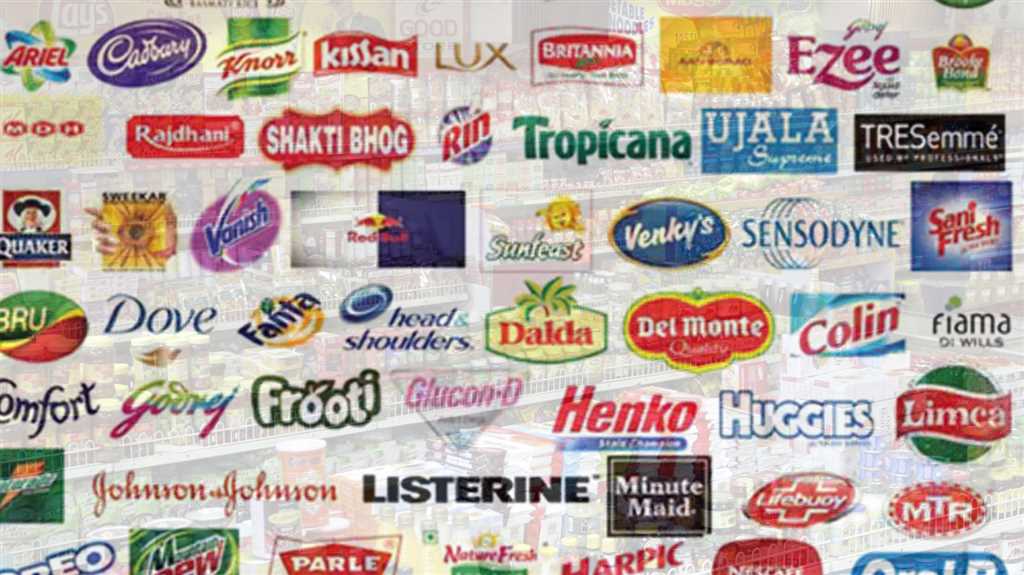
Consumers are not concerned about the money they spend for purchasing a branded product like Loreal, Park Avenue, Lakme, Reebok Sportswear, Red Tape Shoes, and Arrow Menswear.
The reason why they do not prefer a cheaper non-branded product is because they believe they are of poor quality and affect his status in the society.
On the other hand, branded products are presumed to be reliable and high in value. When a customer trusts a brand
name product he is most likely purchase the product/service repeatedly.
Repeat sales raise the revenue of the company and in turn profits. They leave generic brands way behind in this sense.
Some other causes identified behind buying branded products are:
• Presumed poor quality of non- branded products
• Cheaper product image that non- branded products carry
• Less number of users for non- branded products
• Non-existent after sales service of non- branded products
• Low quality of non- branded products
• Non-availability of non- branded products across the country
• Social status attached to branded products
Need to Study Consumer Mindset:
• The study aims at finding out Customer Perception of branded products in FMCG
segment. The changing lifestyle and huge disposable income makes consumers
prefer branded products over non-branded ones.
• In the present day competitive business world, branded goods come in wide
variety making it possible for them to face the stiff competition in every segment.
Here, companies have to identify its competitors and evolve and adopt a strategy
to remain visible. Bringing about brand awareness s a tool used to influence
consumer behaviour and change customer perception.
Need Consumer Market Study:
Companies can make sound marketing decisions based on their knowledge about
consumer requirements and perception. A sound understanding of consumer
perception is critical to influence consumers and that is the difference between
favourable or unfavourable product image. A study on consumer perception helps
to understand the behaviour of the customer by indicating consumer expectations.
Consumer perception is also important to understand the factors that influence
product loyalty. Through perception study a company finds possible ways to
promote its products through effective fulfillment of customer expectations.

What does the newage Fmcg Brand adviser want from companies today?
Brands need to connect with customers through all available social media on a regular basis.Since brands appeal to diverse range of consumers.
Brands have to make aware their customers of product price changes or new offers available fro time to time.Brands have wide range of media platforms to appeal.
In the new age Brands need to act as relationship mentors/community builders and ensure consumers remain with the product offered.This could generate media extensive coverage.
Brands have consumers trust in mind.Brands must evolve and design products that address needs of the consumer. Brands need to empathize with customers listen to their needs before speaking.
Until then so long, so good and happy selling.
Top most festival Products FMCG consumers search today
World Wide Festive Trends Decoded What Indian festive consumers seek...
Read MoreHow right selection of FMCG Salesmen improves brand market share
How can FMCG Companies improve salesman’s technique in order to...
Read MoreHow most searched Fmcg sales and marketing words help newbie salesman
Why undestand FMCG sales management? Sales management is the process...
Read MoreHow Successful FMCG Salesman Starts his Day, a guide
How does one become a good sales executive in the...
Read More



